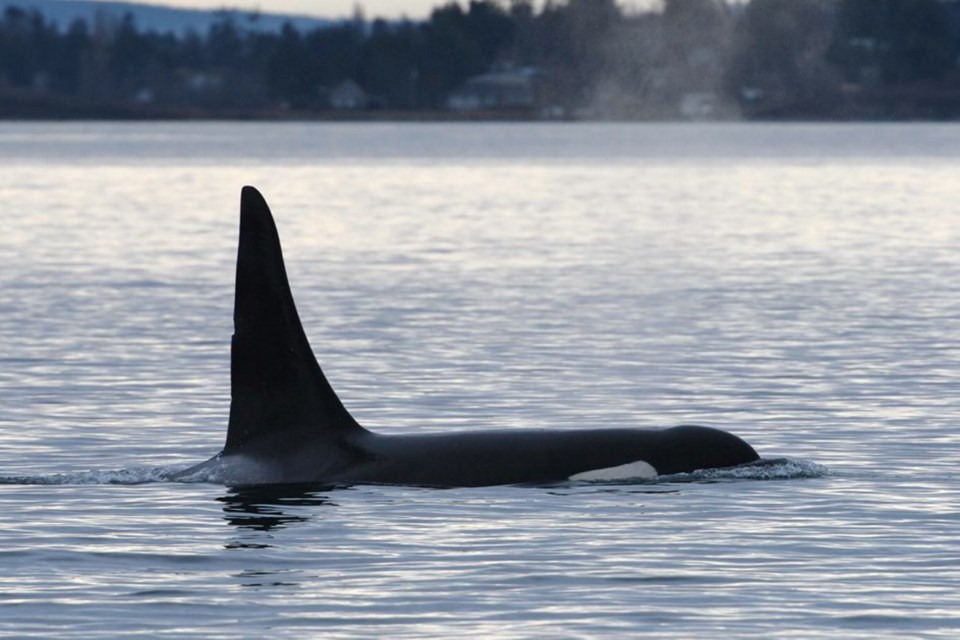SEATTLE — Another endangered orca is missing and presumed dead in the Pacific Northwest, a large male who had fathered many of the population’s calves in the past three decades.
The whale, born in 1977 and known as L41 or by the nickname Mega, was not with his family when researchers encountered them last Friday, the Center for Whale Research said. He was last seen last summer, and he appeared thin then.
Shari Tarantino, president of the Orca Conservancy, said L41’s death would leave just 72 animals in the southern resident population of orcas that frequents the waters between B.C. and Washington state.
That’s the fewest since the mid-1970s, after more than 50 were captured for aquarium display or killed in the process.
The orcas have struggled with pollution, vessel noise and most significantly a dearth of their preferred prey, chinook salmon. Researchers say they are on the brink of extinction. Three were presumed dead last summer.
A bright spot is that researchers saw L124, also known as Tofino, a newborn first spotted in January 2019, alive and well last week. It’s an important milestone for calves to survive their first year because mortality rates are high.
According to genetic research published in 2018, L41 fathered 20 orcas with 11 different females, The Seattle Times reported. He and one other whale, J1, fathered most of the calves born to the southern resident population since 1990. J1 was born in 1950 and died in 2011.
Deborah Giles, a research scientist with University of Washington’s Center for Conservation Biology and research director for the non-profit Wild Orca, said that made Mega an important member of the population.
“Even if he didn’t come out of the water so you could see his saddle patch, he was easy to recognize,” Giles said. “I am going to miss seeing him.” — The Associated Press



